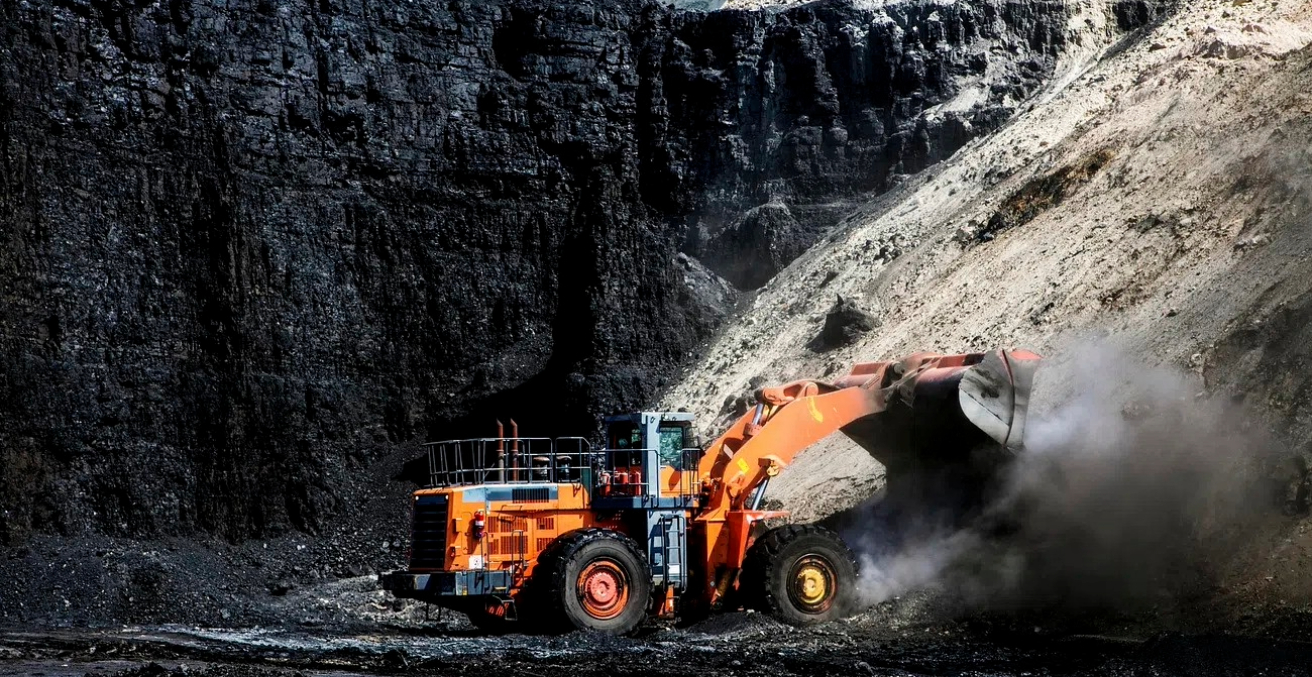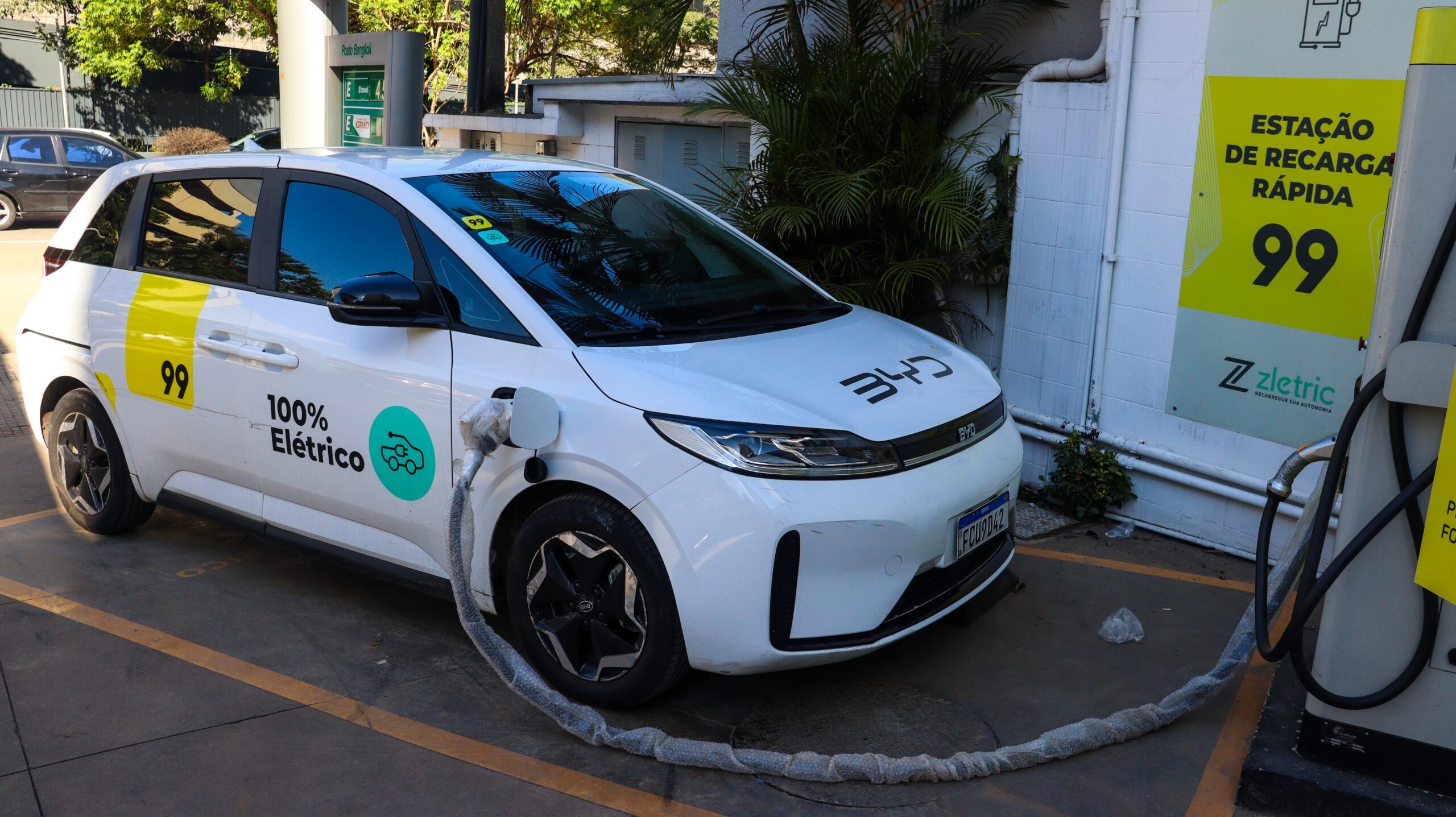The global scramble for critical minerals is hardening into a resource cold war. Rare earths have long hogged the limelight, with China wielding export controls and the US Department of Defence pouring billions into alternative supply.
Yet a new, more potent lever is emerging from Beijing’s arsenal: tungsten. China produces more than 80 percent of global output and holds over half of known reserves. Australia, despite possessing the world’s second-largest trove, supplies barely one percent. Unless Canberra moves quickly, it will find that this obscure metal—vital to armour-piercing ammunition, turbine blades and semiconductor tools—can be weaponised as easily as rare earths.
Beijing tightens its grip
In February, China added tungsten to its export-licence list, the latest turn of a vise that had already squeezed gallium, germanium, antimony and graphite. Prices for European ammonium paratungstate, the mid-stream benchmark, jumped 30 percent by June. Beijing cited national security and resource conservation; in Washington and Berlin the move looked like retaliation for US tariffs. Missile budgets, suddenly hostage to a line item called “strategic metals,” felt the sting first.
Tungsten—or wolfram—owes its strategic weight to unique physics. A 3400 °C melting point, extreme hardness and high density make it irreplaceable in kinetic-energy penetrators, jet engines, radiation shields and the tiny “plugs” that carry electrons through ever-denser semiconductor circuits. Global demand is modest—tens of thousands of tonnes a year—but substitutability is almost nil and stockpiles cover weeks, not months. Processing is the chokepoint: furnaces must endure 3400 °C and corrosive hydrofluoric acid, and four of the world’s five large-scale refineries stand in China.
China’s grip is strategic. In December 2024 it banned exports of unprocessed tungsten concentrate. Two months later a new licence regime replaced annual quotas with case-by-case permits, forcing every exporter to seek approvals from the commerce ministry and customs. In April 2025 the mining quota was cut by a further 6.5 percent. Layer bureaucratic drag onto scarcer ore and a clear blueplan emerges: slow the flow, raise the price and remind the West that China holds more cards in the critical-minerals game.
A rare-earths embargo would invite WTO litigation and hurt China’s EV makers. A tungsten “slow walk,” by contrast, can be framed as routine national-security housekeeping: volumes still move, but only at Beijing’s price and only to favoured buyers.
China’s leverage extends beyond geology. Decades of lax environmental rules enabled low-cost, high-pollution processing that built an integrated industry others now struggle to match. Western diversification means adopting extraction and refining methods that meet modern ESG standards—adding cost and complexity. Clean critical minerals could push up prices for defence hardware and green-energy systems, and may become a new non-tariff barrier in trade.
Meanwhile Beijing is climbing the value ladder, pouring money into superfine tungsten powders for additive manufacturing, high-end carbide tools and advanced recycling technologies. Any Western plan must address not just ore but also oxides, powders, finished components and wastes. The economics are brutal: tungsten is often a by-product of other minerals, and only China runs an integrated flow sheet at scale. Until refining capacity migrates, the metal remains a single chokepoint.
Export controls carry risks. Chinese shipments of tungsten products plunged in the first half of 2025, inventories ballooned and smelters grumbled. Beijing seems willing to accept near-term pain for long-term leverage. Washington, Brussels and Tokyo are accelerating friend-shoring projects and recycling research. Over time, that could erode China’s share—if alternative supply chains reach scale before the next shock—just as US chip sanctions inadvertently turbocharged pockets of China’s own semiconductor sector.
What should Australia do?
Australia styles itself a “critical-minerals superpower,” yet tungsten tells a humbler story. The US Geological Survey estimates Australia’s reserves at 570 000 tonnes—second only to China—but output is negligible. Projects such as Mt Carbine in Queensland and Mulgine in Western Australia still ship concentrate to China because no domestic plant converts it into ammonium paratungstate, tungsten carbide or metal powder. Compared with lithium or iron ore, projects are small, hydrofluoric-acid permits arduous, and offtake contracts are hard to secure without downstream customers onshore.
Canberra has floated partial fixes: a $1.2 billion Strategic Minerals Reserve, more muscle for Export Finance and vague talk of stockpiling tungsten alongside nickel. These are gestures, not strategy. A greenfield mine and refinery need five to seven years from approval to first flow. Wait for perfect price signals and Australia remains a quarry while others set the rules.
To move forward, Australia needs a credible strategy.
First, fast-track approvals for an integrated refinery—ideally in Western Australia or Tasmania—without watering down environmental safeguards. Co-locate with cheap renewables to tame the vast power bill of 3400 °C furnaces.
Second, climb the value chain. CSIRO already prototypes plasma-spheroidised powders prized in additive manufacturing. Scaling those pilot lines could let Australia supply bespoke tungsten alloys for hypersonic vehicles and fusion reactors—markets with far richer margins than bulk concentrate.
Third, lock in demand through diplomatic channels. Long-term offtake contracts with the United States, Japan and South Korea should stipulate refined powder, not raw concentrate. AUKUS industrial channels could underwrite floor prices, giving investors the confidence to commit capital.
Finally, policy must match ambition. A time-limited processing tax credit or targeted public investment—modelled on Washington’s rare-earth intervention—would nudge financiers who still dismiss tungsten as exotic. Pair that with streamlined, time-certain environmental approvals, and Canberra can turn rhetoric into capacity.
Facing an escalating resource cold war, Australia must align industrial policy with geopolitical objectives and seize this opportunity. In a world where control of irreplaceable inputs equals power, Canberra has the ore and the science—what it lacks is urgency.
Dr. Marina Yue Zhang is an associate professor at the Australia-China Relations Institute, University of Technology Sydney (UTS: ACRI). Prior to this position, Marina worked for UNSW in Australia and Tsinghua University in China. Marina holds a bachelor’s degree in biological science from Peking University, and an MBA and a PhD from the Australian National University.
This article is published under a Creative Commons License and may be republished with attribution.





